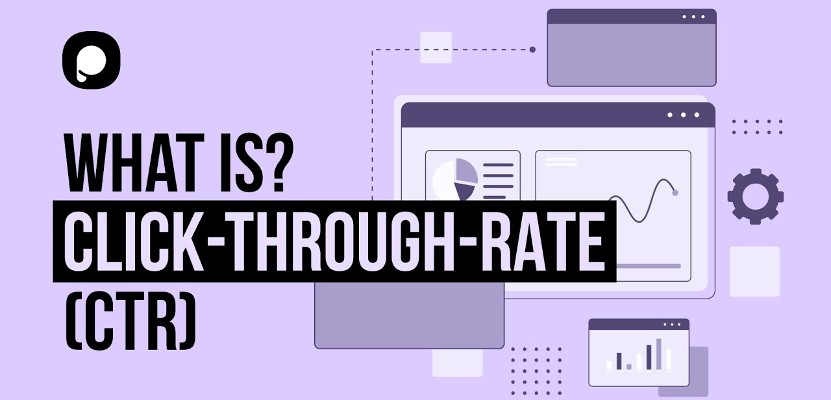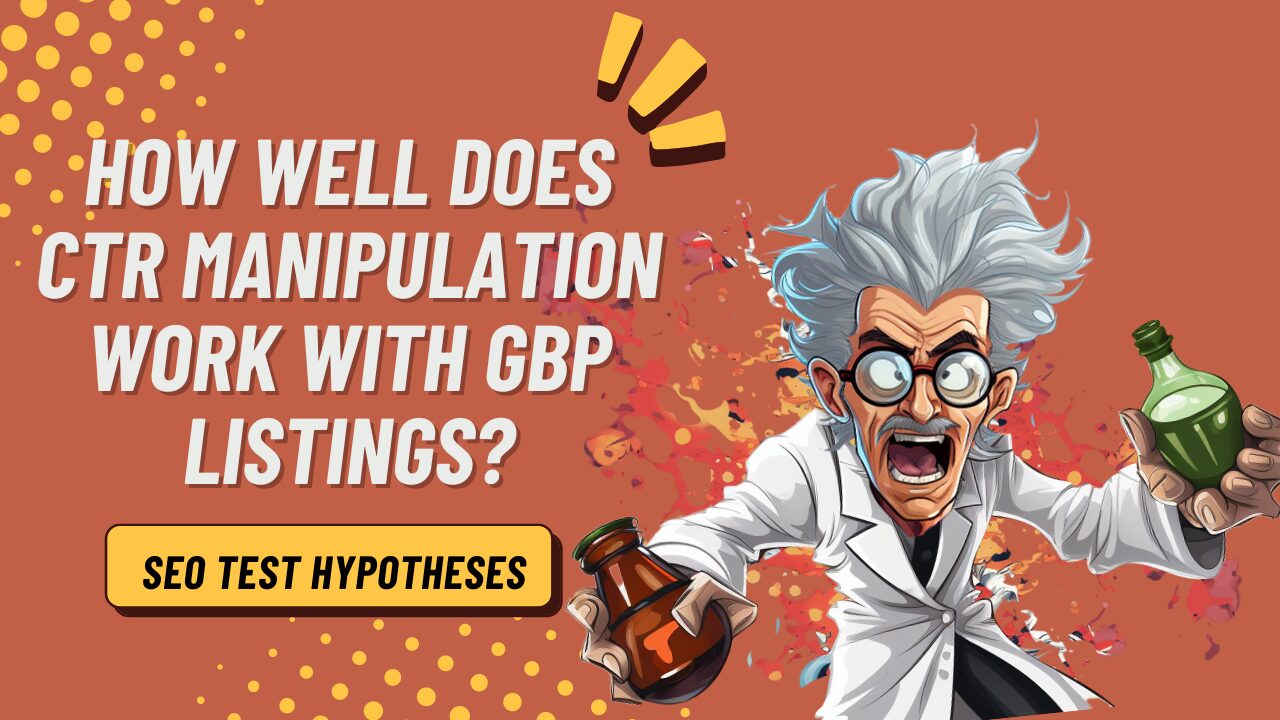Optimizing Organic Click-Through Fees With CTR Adjustment
The optimization of organic click-through rates (CTR) is a nuanced endeavor that pivots on recognizing both customer psychology and reliable web content discussion. The landscape is swarming with misunderstandings and oversimplifications regarding what really drives CTR.
Understanding Click-Through Rates
Recognizing click-through prices (CTR) is necessary for examining the efficiency of on the internet marketing strategies. CTR measures the percent of customers who click on a specific web link or ad compared to the complete variety of individuals who watch it. A greater CTR suggests that the content is involving and appropriate to the target audience, while a lower CTR might indicate a need for optimization.
To compute CTR, split the number of clicks by the variety of perceptions and multiply by 100. If an advertisement gets 300 clicks out of 10,000 impressions, the CTR would certainly be 3%. This metric is crucial for examining different components of electronic marketing, consisting of search engine optimization (SEO), email campaigns, and social media advertising and marketing.
Additionally, analyzing CTR helps marketers determine which strategies produce the best outcomes and which call for refinement. By concentrating on improving CTR, services can boost their material's presence and efficacy, causing increased web traffic and possible conversions. Understanding the subtleties of CTR is fundamental for any marketer aiming to enhance their online presence and maximize return on financial investment (ROI)

The Psychology of User Behavior
Individual behavior is dramatically influenced by psychological aspects that dictate exactly how individuals engage with online material. Understanding these variables is vital for optimizing click-through prices (CTR) in natural search results.
Psychological reactions additionally considerably influence user habits. Web content that resonates psychologically can trigger a feeling of necessity or interest, motivating users to click. Furthermore, social evidence-- such as user reviews or scores-- can boost count on and motivate involvement, as people typically look to the behaviors of others to notify their very own choices.
Moreover, the principle of shortage can drive clicks - LinkDaddy CTR Manipulation. Limited-time offers or exclusive material produce an anxiety of losing out (FOMO), compelling users to act rapidly. Comprehending these emotional chauffeurs allows online marketers to produce even more engaging material that resonates with their target audience
Effective CTR Manipulation Methods
Leveraging mental insights can dramatically enhance click-through prices (CTR) through targeted manipulation techniques. One of one of the most efficient techniques is making use of engaging headlines that evoke inquisitiveness or necessity. Wording titles as concerns or integrating numbers can draw in even more focus, motivating customers to click.
One more method includes maximizing meta descriptions to develop a feeling of significance and immediacy. By clearly describing the options or benefits provided in the web content, you can involve prospective visitors and persuade them to click. In addition, making use of power words-- such as "special," "shown," or "free"-- can boost the charm of your content.
Aesthetic aspects also play an essential duty. Integrating appealing images or thumbnails can attract individuals in and improve CTR. A/B screening different visuals can aid determine which images resonate best with your target market.
Finally, guaranteeing that your web content guarantees deliverable worth results in greater CTR. When users view that clicking will supply them with meaningful understandings or services, they are most likely to involve. By employing these methods thoughtfully, online marketers can properly manipulate CTR to their benefit while maintaining honest criteria.
Typical Misconceptions Concerning CTR
A number of false impressions surround click-through prices (CTR) that can lead marketing experts to make misguided decisions. One widespread misconception is that a greater CTR constantly converts to better efficiency. While a high CTR suggests that even more users are clicking, it does not ensure sales or conversions. Ultimately, the efficiency of web traffic relies on the quality of the landing page and the significance of the web content.
One more typical belief is that CTR is an isolated metric. In truth, CTR should be evaluated along with various other performance indicators, such as bounce price and conversion price, to get an alternative view of campaign success.
In addition, some marketing experts think that enhancing for CTR alone suffices. Nonetheless, concentrating solely on CTR can result in clickbait tactics that might draw in clicks but fail to involve individuals meaningfully. This strategy can hurt brand online reputation and result in reduced retention prices
Last but not least, a fantastic read there is a concept that CTR strategies are generally effective. The fact is that ideal CTR tactics can differ substantially across markets and target audiences, requiring customized methods for various market sections. Recognizing these myths is essential for creating reliable CTR techniques that line up with overarching advertising and marketing goals.
Determining CTR Success
Although high click-through prices (CTR) can show successful interaction with content, determining their true success needs a thorough analysis of a number of variables. First, it is vital to understand the context in which the CTR is accomplished. A high CTR on a misleading title may not equate to significant involvement or conversions, ultimately showing inadequately on the brand name's reputation.
Second, assessing the resource of website traffic is essential. Organic web traffic from internet search engine can indicate a durable web content strategy, while clicks from pointless resources might show an absence of targeting. In addition, gauging the subsequent user behavior is vital; evaluating metrics such as bounce rate, time invested in page, and conversion rates can provide deeper insights right into the high quality of the interaction started by the CTR.

Conclusion

The optimization of natural click-through rates (CTR) is a nuanced undertaking that hinges on understanding both individual psychology and reliable material discussion. CTR determines the percentage of individuals that click on a certain link or promotion compared to the complete number of users that view it. A higher CTR shows that the content is involving and relevant this website to the target audience, while a lower CTR might signal a need for optimization.
Focusing solely on CTR can lead to clickbait strategies that may draw in clicks but fall short to involve customers meaningfully. Additionally, gauging the succeeding customer actions is essential; evaluating metrics such as bounce rate, time invested on page, and conversion prices can give deeper understandings right into the quality of the interaction launched by the CTR.